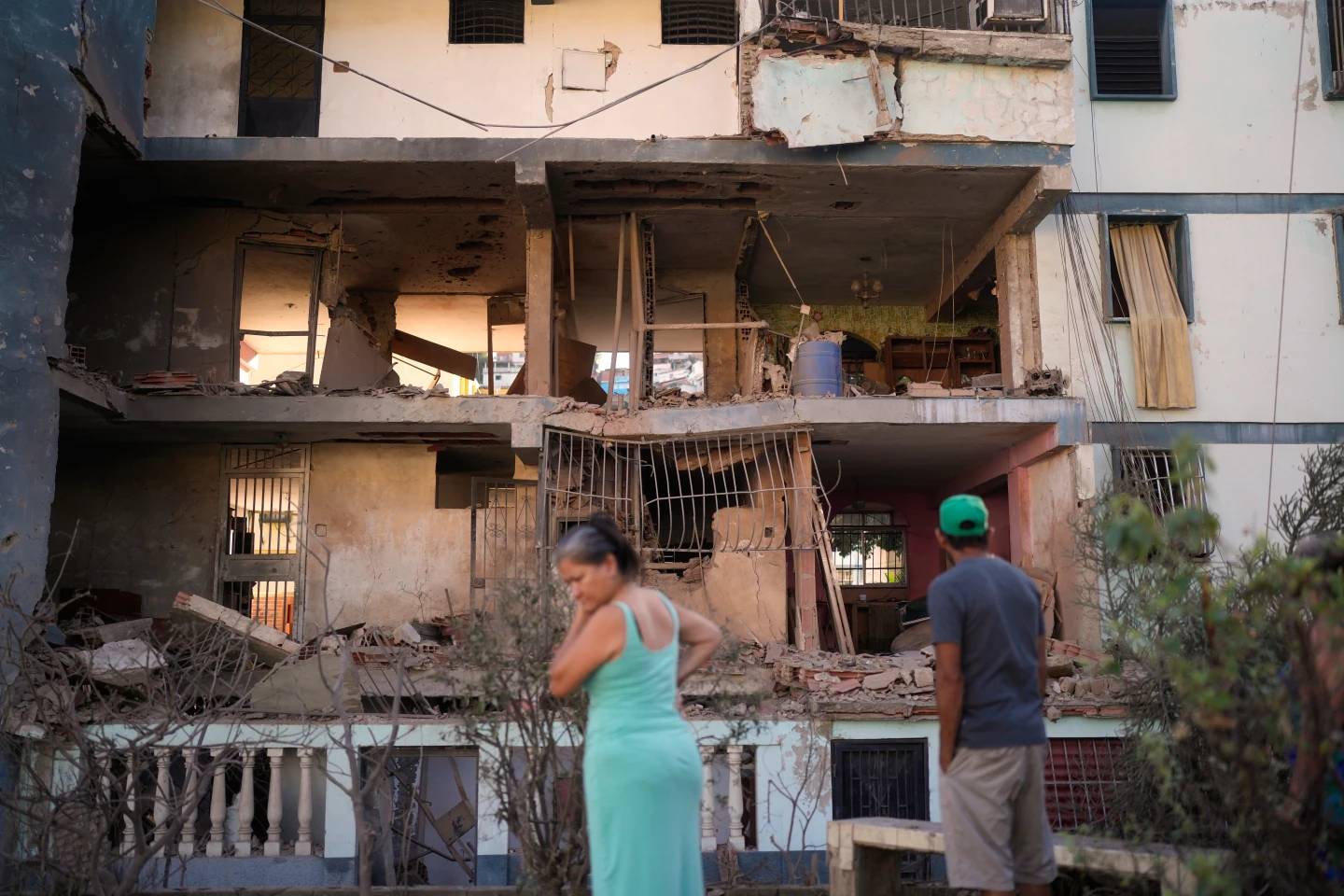As the last session of the Synod on Synodality continues its second week, an interview published on Tuesday gives more insight on Pope Francis’s vision of the role of synodality in the Church today, and highlights some of the inherent tensions between the use of synods and the power of the papacy in modern Catholicism.
Speaking to Jesuits in Belgium on September 28, Francis said Eastern Christians have not lost synodality, but the Western Catholics “have lost it.”
In the Eastern Orthodox and Oriental Orthodox churches, synods of bishops are responsible for the election of new bishops and the establishment of inter-diocesan laws within each province. Eastern Catholic Churches also use synods for such purposes.
In the West, synods were often held in the early centuries of the Church, and included important theological debates. However, as the powers of the papacy grew, the synods became less common, although “councils” – which are arguably synods by a different name – still continued. Ecumenical Councils, such as Vatican II, continue to issue theologically definitive statements, but more localized councils generally tackle administrative affairs, with theological questions reserved to the Vatican.
However, synods did take on some different definitions in the West. First, diocesan synods – which used to be required to happen once a decade (admittedly, a rule observed more in the breach than in the execution) – involved both clergy and laypeople. Much like the more traditional synod, it involved looking at local diocesan laws and reforming them if needed.
More prominently, after Vatican II, Pope Paul VI established the Synod of Bishops, which had no real authority at all. This synod could make “proposals” which could be accepted or rejected by the pontiff. Soon, these meetings became talking shops, where many of the participants were more interested in Church gossip at the local restaurants in Rome than the official issue being discussed at the Synod meeting in the Vatican.
When Francis was elected, he wanted to make the Synod a more prominent feature of the life of the Catholic Church – but which Synod was he talking about?
“Synodality is very important. It needs to be built not from the top to the bottom, but from the bottom to the top,” he told the Jesuits on Sep. 28.
Yet, historically, synods at best were built from the top down, although the little-used diocesan synod did allow lay participants.
“Synodality is not easy, no, and sometimes this is because there are authority figures that do not bring out the dialogue aspect. A pastor can make decisions by himself, but he can make them with his council. So can a bishop, and so can the pope,” he said.
However, in the case of the papacy, his council is usually very much “his.” The Ecumenical Council of Vatican I confirmed the doctrine that the Bishop of Rome has universal primacy over the Church and is “infallible” when he speaks ex cathedra.
In practical terms, this means a “Synodal Church” is whatever the pope says it is.
This was apparent when the German Church began its “Synodal Way,” which sought to change Church teaching on the role of women and to allow more liberal views on sexuality. Pope Francis told the Associated Press the German “Synodal Way” was “elitist” and “ideological” and Vatican officials have continuously objected to it.
Even in this last session of the Synod on Synodality, the papal office casts doubt on the idea of a “bottom up” Church. In interviews with participants, Pope Francis’s ideas and goals are frequently mentioned. Just on Sunday, Francis announced he was creating 21 new cardinals – nearly half delegates at the Synod, now awarded with the pope’s seal of approval early on in the proceedings.
The most interesting name is Dominican Father Timothy Radcliffe, who gave an opening address at the Synod. Radcliffe is a longtime supporter of LGBT+ rights in the Church. Officially, this issue has been removed from the agenda of the Synod debates – yet now there could be “a nudge and a wink” that the issue can be discussed.
Looking back at Pope Francis’s remarks to the Jesuits in Belgium, the question arises: Why did synodality not disappear in the East? One reason is because decisions have to be made, and the Eastern Churches have no one with “universal jurisdiction” to make them.
Now the person with “full and supreme power of jurisdiction” wants to put synodality at the center of the Church.
What does “synodality” mean in this situation? It means whatever the pope wants it to mean – and it will also mean whatever the 87-year-old pontiff’s successor wants it to mean.
The inherent tension in a Synodal Church with an all-powerful Papal office is not likely to be eased anytime soon.
Follow Charles Collins on X: @CharlesinRome















